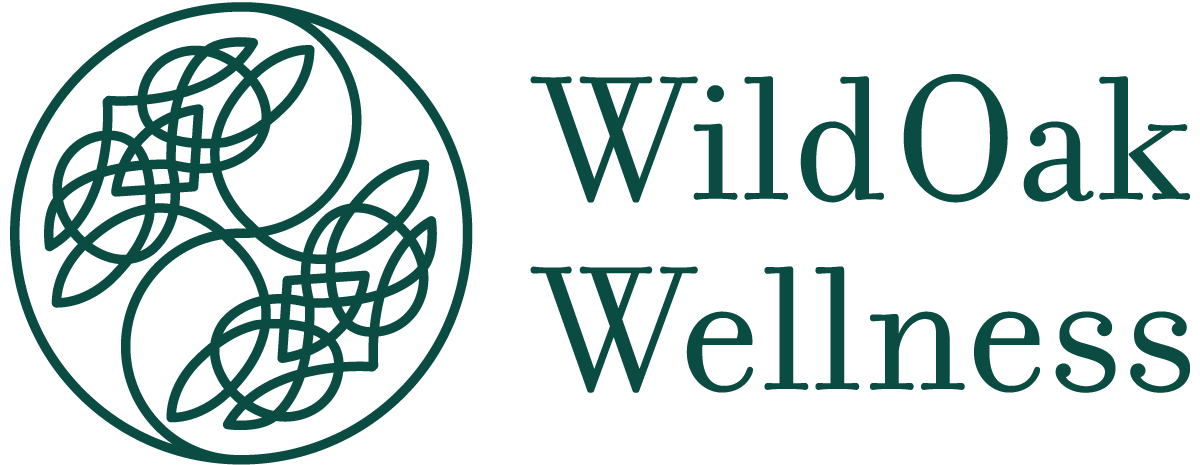氣功 Qìgōng (Chi Gong) Basics
Original photo by Dr. David Campbell taken at Emeishan, a sacred mountain in Sichuan, China.
氣功 qìgōng (chee-gong) – breath/vital energy/biological information work
*Remember to participate in these practices to the extent of your ability, never pushing yourself beyond your natural limits to produce pain or discomfort. All qigong exercises should be comfortable and relaxed even while active.
Qìgōng begins with learning to shake. Shaking helps to return the body to a state of relaxed flow, removing tension and improving circulation. Shaking, which is also a byproduct of running and jogging, can be especially helpful to lymphatic flow because the lymph system is passive without any direct means being pumped. The venous return of blood is also fairly passive, as the pumping impulse from the heart dissipates as it reaches the capillaries, so shaking can also very much help with the return of blood to the heart.
Shaking can take many forms in different lineages of qìgōng practice, so here I will outline some of the basics that I have been taught in the Jin Jing Gong School of Qigong, brought to the United States by Heiner Fruehauf, PhD, LAc. I learned these practices through the Classical Chinese Medicine program curriculum at the National University of Natural Medicine (NUNM.edu). Dr. Fruehauf is a disciple of Wang Qingyu, who “At the age of ten, […] met his primary teacher, Master Li Jie, a wandering Daoist hermit whose abilities as a healer, scholar, and martial arts expert made him a living legend in China’s Southwestern provinces. Under Li’s supervision, the young Wang became adept in many areas including Daoist herbalism, fingernail diagnosis, acupressure, and the various arts of nourishing life,” (source: https://classicalchinesemedicine.org/about-heiner-fruehauf/).
*click on the still frame to watch the instructional video at https://youtu.be/JoS4SlMncJc
Transition and Horse Stance
The most basic movement in the Jin Jing Gong lineage of Qigong is the transition. The transition is done between each posture or movement and works to bring the practice together with horse stance, also known as universe pose. Horse stance is a standing meditation posture. The posture has many details that must be accomplished for it to have the great benefits it is capable of conferring. This posture is often held for 20-30 minutes or longer. Heiner has told stories of Master Wang being forced to hold horse stance for hours as a child. The longer it is held the more transformative horse stance becomes for the body’s connective tissue and eventually posture.
In horse stance, the knees are bent and the pelvis is relaxed with the sacrum rotated under/forward slightly, which will flatten the lumbar spine in most people. In the lumbar spine, between the vertebrae L2 & L3 is a point known as 命門 Mìngmén ‘life gate’ or ‘gate of destiny,’ which is considered to be the root of life and important to align and move from as a center of gravity in the body. The inside edge of the feet should begin about shoulder width apart and parallel to one another with the toes angled slightly inward and gripping the floor. The knees should be spread slightly so that they are directly over the feet, not angled inward from the ankles. Sitting should not be painful in this position, but you should sit as low as you can maintain in order to strengthen your connective tissue. Eventually it should feel as though you are sitting on a horse, as you work toward relaxing your muscles and allowing your connective tissue to passively support your weight. It is recommended that you imagine the crown of your head being suspended from the heavens by threads of light from the stars, while your sacrum and tailbone are being extended downward by gravity as you relax further. The sensation of a lengthening and extending spine should be achieved and maintained in this posture. The chin should naturally relax toward the throat with a small space in which a cotton ball could be suspended without being crushed. The arms should make a somewhat circular shape in front of the rib cage as though they are resting on a large balloon. It is important to keep the armpits open as though an egg or tennis ball were inside the axilla. It is important to keep each joint open and extending while relaxed and never tense. Alignment of the spine is also very important in order to avoid compensatory straining. When this posture is held properly for extended periods of time, it can cause tremors in the muscles as they release deeply held tension and relax, allowing for improved circulation of blood and 氣 qì. This posture should eventually become comfortable enough to foster a deeply meditative state.
*click on the still frame to watch the instructional video at https://youtu.be/6gD8klLKo6w
Closing Sequence
The closing sequence for the practice of qigong has several parts, and it can look different in different traditions, but there are some basic principles that are fairly common across lineages. Channel stimulation is often a large part of closing the practice. Sealing the accumulated qi within the body is another common aspect of the closing sequence that helps to integrate the practice into the body. The video below is an example of a closing sequence that can be followed directly or modified as necessary.
*click on the still frame to watch the instructional video at https://youtu.be/iaI3nKWjEHw

